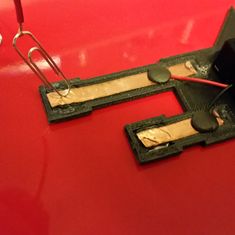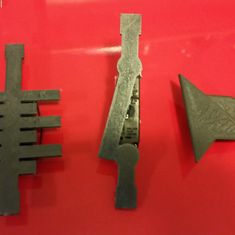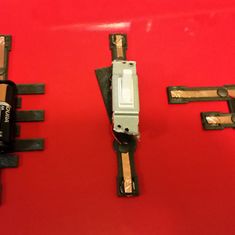Teaching Electronics to Visually Impaired Students





Traditionally circuit blocks are teaching aids that are constructed with wooden blocks and nails and components such as red and black wires, switches, batteries and lights. Students usually construct the circuits by using alligator clips to connect the nails and different circuits together. This kind of STEM activity is inaccessible to the blind and the visually impaired.
With this grant I will develop a learning aid for blind and visually impaired students that teaches electricity and basic circuit skills. I will design “circuit blocks” that use an electrically conductive sticky tack rather than traditional circuit building methods like soldering and breadboarding. Using a material I developed called ‘Conductak” and also embossed tactile graphics the students will be able to build their circuits solely through touch.
Here’s my idea:
Embossed on the block will be tactile graphics, so that students will be able to feel simple circuit diagrams. The new circuit blocks will be shaped (i.e. the battery circuit block will be shaped like the schematic symbol of a battery). Polarity will be indicated by the relative length of the "leads" of the block with the longer lead being positive. Rather than traditional alligator clips, a magnetic system will be used to simplify electrical connections.
I was inspired by Roberta Williams, a teacher of the blind and visually impaired in Monterey, to develop projects for her students. This summer, I'm bringing these lessons to her 10-12 mostly middle school age students. To my knowledge this is the first time circuit blocks have been made accessible to the blind and visually impaired.